How To Walk 10,000 Steps A Day
 Walking 10,000 steps a day has been adopted as the gold standard to improve fitness, but unfortunately, there aren’t any studies to prove it true. Some studies say that walking 7,000 steps a day is just as beneficial. When you set a goal to walk 10k steps, you’re normally committing to increasing your activity level and that’s what is important. You can also boost the benefits you receive from walking by modifying your intensity level between high-intensity and recovery, which turns it into a HIIT—high intensity interval training—workout.
Walking 10,000 steps a day has been adopted as the gold standard to improve fitness, but unfortunately, there aren’t any studies to prove it true. Some studies say that walking 7,000 steps a day is just as beneficial. When you set a goal to walk 10k steps, you’re normally committing to increasing your activity level and that’s what is important. You can also boost the benefits you receive from walking by modifying your intensity level between high-intensity and recovery, which turns it into a HIIT—high intensity interval training—workout.
How can you boost the number of steps you take each day?
If your stride and pace are average, you’d take 3500 steps every hour, so you’d have to walk about three hours to fit in 10,000 steps a day. It isn’t impossible, since you don’t have to do all those steps at once. Most people average about 3,500 to 4,000 steps normally, without adding extra steps. Consider options like parking further from the store and walking or walking to lunch to add a few extra steps. If you’re ambitious, take the stairs instead of the elevator.
If you have a sedentary job, walking more isn’t as easy as it sounds.
Studies have determined that sitting too long is just as bad as smoking and you need to get up and move at least once an hour. If you have a sedentary job, set the timer on your phone to ring once an hour. When it signals you that time is up. Stand up, move around and pace a bit near your desk. You’ll clear your head and be more efficient, while boosting the number of steps you take. If you have to take a bathroom break, go to the furthest bathroom from your location to add even more steps.
Make waiting-time, pacing-time.
If you’re waiting in line, do a little pacing. If you feel self-conscious, let the person behind you know your paces are steps you’re accumulating. Do you stand in front of the microwave waiting for cold coffee to heat? Don’t watch that cup rotate but walk around the kitchen instead. If you’re watching TV make a commercial break a time to get in extra steps by walking in place.
- Walk with friends. If friends are starting fitness regimens, instead of stopping for a drink after work, go for a long walk in the park.
- You’ll boost your steps and keep your house neater if you get up immediately and put items away right after you’re done using them. You can even vacuum or dust more frequently to boost the number of steps you take.
- If walking bores you, dance instead. Turn on the music and get your feet moving. One study found that pedometers did accurately count steps when dancing and it’s a lot more fun.
- Walking is a starting point for fitness, but you also need other types of exercise. You need flexibility, strength and balance training. You also need upper body training, since walking focuses on lower body strength.
For more information, contact us today at Prime Fitness Studio

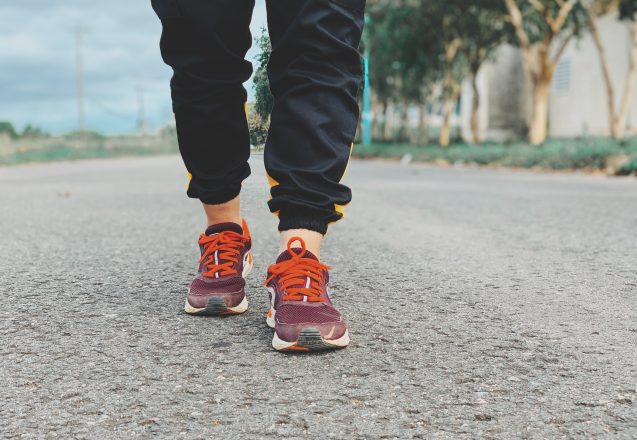
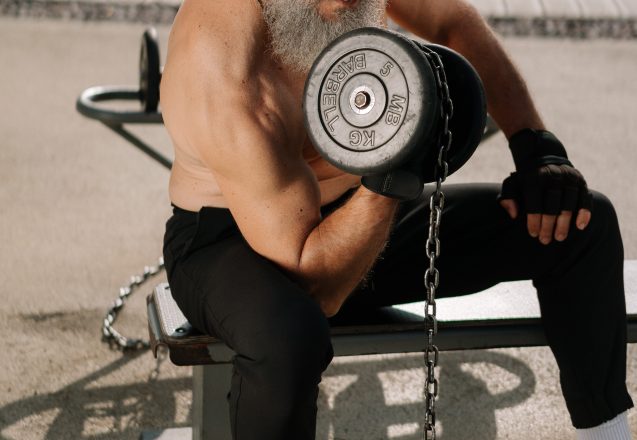
 Most people think of weight training just as a way to build beach-worthy muscles. While it’s true that you’ll look more impressive in swimwear, the older you get, the more important it is to your health and future potential for independent living. Weight training for people over 50 is just as important as cardio or flexibility training. Once you pass your mid-30s, unless you work at it, your muscles start to atrophy. It occurs in most people as they age and is called sarcopenia.
Most people think of weight training just as a way to build beach-worthy muscles. While it’s true that you’ll look more impressive in swimwear, the older you get, the more important it is to your health and future potential for independent living. Weight training for people over 50 is just as important as cardio or flexibility training. Once you pass your mid-30s, unless you work at it, your muscles start to atrophy. It occurs in most people as they age and is called sarcopenia.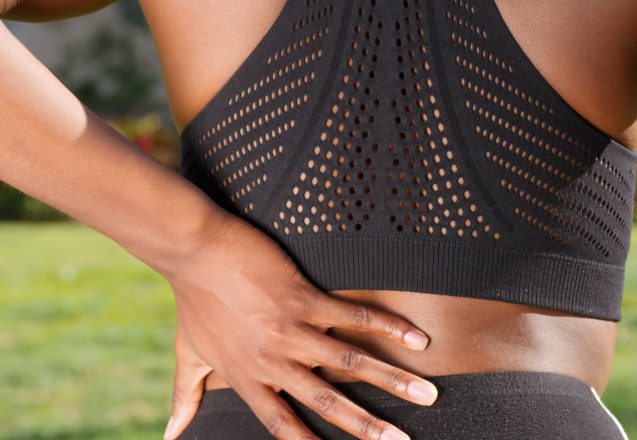
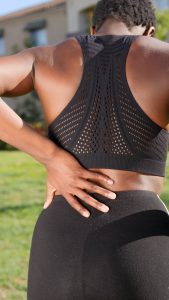 People come to Prime Fitness in Totowa, New Jersey, for many reasons. Most of them are related to health in one manner or another. Being overweight can become a health issue. Poor muscle tone and posture are also health issues and both can cause back pain. Back pain that isn’t a result of an injury from a fall or other accident often occurs because of weak core muscles, which include the abs. To get relief from back pain, you need to build core muscles, particularly the abs. There are ab exercises that can bring almost instant relief from pain and prevent problems in the future.
People come to Prime Fitness in Totowa, New Jersey, for many reasons. Most of them are related to health in one manner or another. Being overweight can become a health issue. Poor muscle tone and posture are also health issues and both can cause back pain. Back pain that isn’t a result of an injury from a fall or other accident often occurs because of weak core muscles, which include the abs. To get relief from back pain, you need to build core muscles, particularly the abs. There are ab exercises that can bring almost instant relief from pain and prevent problems in the future.
 History shows that you can get exercise and workout when you’re pregnant. Historically, women have done very difficult physical activities right up until giving birth. That doesn’t mean it’s safe for every pregnant woman, which is why you always need to check with your health care professional first. That’s especially true if you’ve never exercised previously, had complications or have a health issue. Even if you’ve exercised with previous pregnancies, don’t take the chance. Discuss it with your professional.
History shows that you can get exercise and workout when you’re pregnant. Historically, women have done very difficult physical activities right up until giving birth. That doesn’t mean it’s safe for every pregnant woman, which is why you always need to check with your health care professional first. That’s especially true if you’ve never exercised previously, had complications or have a health issue. Even if you’ve exercised with previous pregnancies, don’t take the chance. Discuss it with your professional.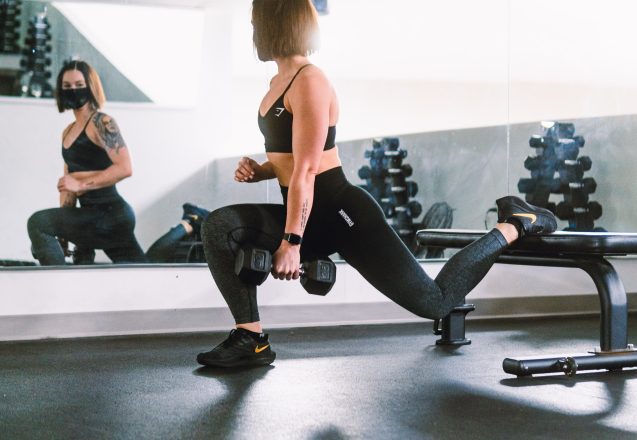
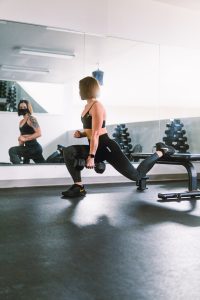 When people want to shed extra pounds, they often turn to cardio, but fail to include strength training in their efforts to lose weight. That’s a mistake. In fact, too much cardio and no strength training may actually sabotage weight loss efforts. So which do you do to get maximum results? The answer is simple, you do both and have a well-rounded program of fitness.
When people want to shed extra pounds, they often turn to cardio, but fail to include strength training in their efforts to lose weight. That’s a mistake. In fact, too much cardio and no strength training may actually sabotage weight loss efforts. So which do you do to get maximum results? The answer is simple, you do both and have a well-rounded program of fitness.
 Those dark, overcast days of winter in Totowa, NJ, can trigger depression and leave you feeling in a funk. These exercises can help fight that depression and even reverse it. While severe depression requires professional help, exercise can overcome the blahs that often hit us when the sky is overcast and the weather is foul. Exercise is now a viable adjunct therapy that many psychiatrists and psychologists use to help speed the recovery process.
Those dark, overcast days of winter in Totowa, NJ, can trigger depression and leave you feeling in a funk. These exercises can help fight that depression and even reverse it. While severe depression requires professional help, exercise can overcome the blahs that often hit us when the sky is overcast and the weather is foul. Exercise is now a viable adjunct therapy that many psychiatrists and psychologists use to help speed the recovery process.
 Everyone gets in the holiday spirit in Totowa, New Jersey. It’s a season of sharing and caring. It’s also a season of meeting and eating. Holiday feasts, brunches and dinners are frequent. Some workplaces have snacks brought in by staff on a daily basis. Is it any wonder that people eat too much and gain weight over the holidays? Here are some tips to help you stop overeating and start to enjoy the real flavors of the holiday.
Everyone gets in the holiday spirit in Totowa, New Jersey. It’s a season of sharing and caring. It’s also a season of meeting and eating. Holiday feasts, brunches and dinners are frequent. Some workplaces have snacks brought in by staff on a daily basis. Is it any wonder that people eat too much and gain weight over the holidays? Here are some tips to help you stop overeating and start to enjoy the real flavors of the holiday.
 There is a link between happy and healthy. The question is, which came first? Are you healthier because you’re happy or is your good health making you happy? In India, there are clubs for laughter therapy, which have spread to over 7,000 worldwide. In fact, the first Sunday in May is World Laughter Day. Laughter can cure what ails you in several ways. It sets off a reaction in the body that lowers cortisol—the stress hormone—levels. It also improves the immune system and promotes the production of antibodies in both the bloodstream and saliva, which helps fight off disease.
There is a link between happy and healthy. The question is, which came first? Are you healthier because you’re happy or is your good health making you happy? In India, there are clubs for laughter therapy, which have spread to over 7,000 worldwide. In fact, the first Sunday in May is World Laughter Day. Laughter can cure what ails you in several ways. It sets off a reaction in the body that lowers cortisol—the stress hormone—levels. It also improves the immune system and promotes the production of antibodies in both the bloodstream and saliva, which helps fight off disease.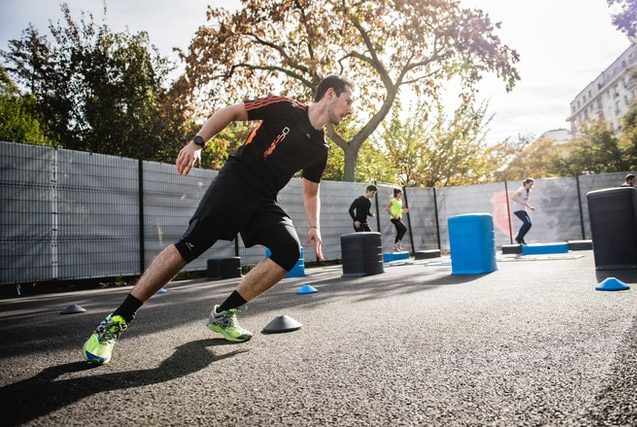
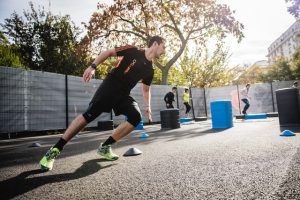 Are you bored with your traditional training, why not take it up a notch and do some circuit training? It’s a process of training, rather than specific exercises. You do several exercises in a row without taking a break. You then do the same sequence of exercises another time or two. With traditional training, you may do all one type of exercise, take a break, then move on to the next. Circuit training can be grueling, since you don’t rest between exercise stations, but it’s extremely effective and can save time.
Are you bored with your traditional training, why not take it up a notch and do some circuit training? It’s a process of training, rather than specific exercises. You do several exercises in a row without taking a break. You then do the same sequence of exercises another time or two. With traditional training, you may do all one type of exercise, take a break, then move on to the next. Circuit training can be grueling, since you don’t rest between exercise stations, but it’s extremely effective and can save time.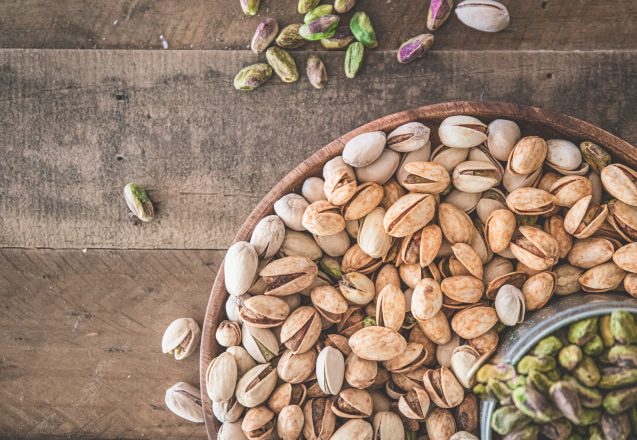
 Pistachios make you work to eat them, but they’re so tasty, it’s well worth the effort. Not only are they good, but they’re good for you. They have loads of nutrition and are extremely heart healthy. Pistachios are high in healthy fats and a great source of fiber, antioxidants and protein. They’re not just heart-healthy, but also good for gut health and weight loss. One serving of pistachios is about 49 nuts. It has 8 carbs, 159 calories, 6 grams of protein, 3 grams of fiber and 13 grams of fat—but it’s a healthy fat. They’re extremely high in vitamin B6, at 28% RDI. They also contain potassium, thiamine, copper, manganese and phosphorus. A single 1 oz. serving has as much potassium as half a banana.
Pistachios make you work to eat them, but they’re so tasty, it’s well worth the effort. Not only are they good, but they’re good for you. They have loads of nutrition and are extremely heart healthy. Pistachios are high in healthy fats and a great source of fiber, antioxidants and protein. They’re not just heart-healthy, but also good for gut health and weight loss. One serving of pistachios is about 49 nuts. It has 8 carbs, 159 calories, 6 grams of protein, 3 grams of fiber and 13 grams of fat—but it’s a healthy fat. They’re extremely high in vitamin B6, at 28% RDI. They also contain potassium, thiamine, copper, manganese and phosphorus. A single 1 oz. serving has as much potassium as half a banana.